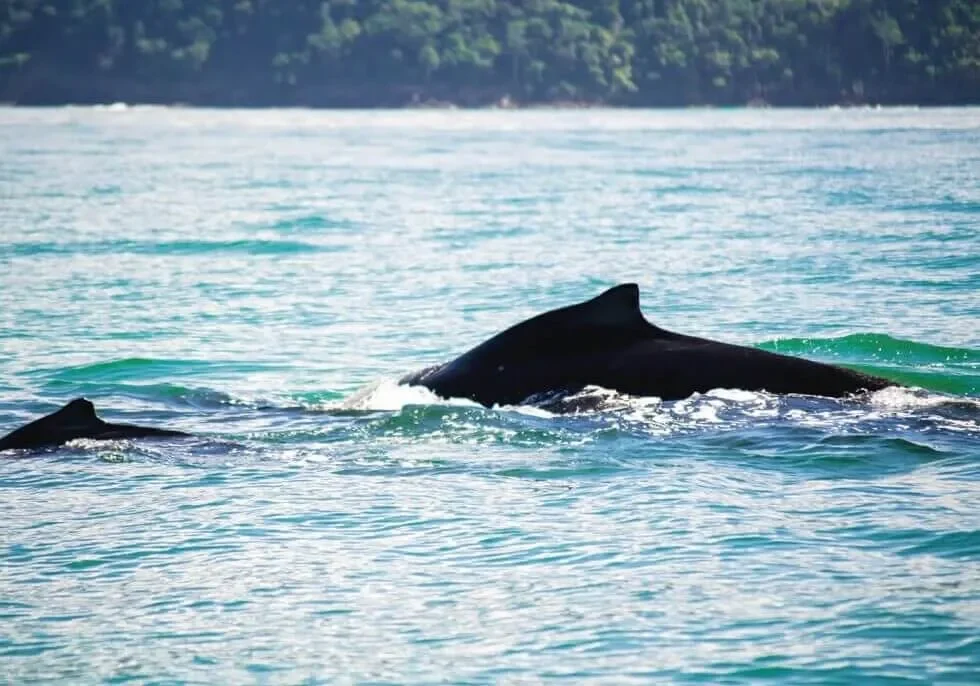
Marino Ballena National Park
Marino Ballena National Park (also known as "Whale Marine National Park"), is located on the Southern Pacific side of Costa Rica, at the footsteps of Bahia Ballena - Uvita. This park was established in 1989, and its area of protection is primarily within the ocean. While having only 110 land hectares, it also has 5,385 ocean hectares, and it forms 1% of Costa Rica's marine protected areas. Marino Ballena National Park is in the province of Puntarenas, though is officially part of the Area of Conservation for the Osa Peninsula. The purpose of such a park is to protect the plants, animals, and the ecosystems in which they both live to ensure that they flourish.
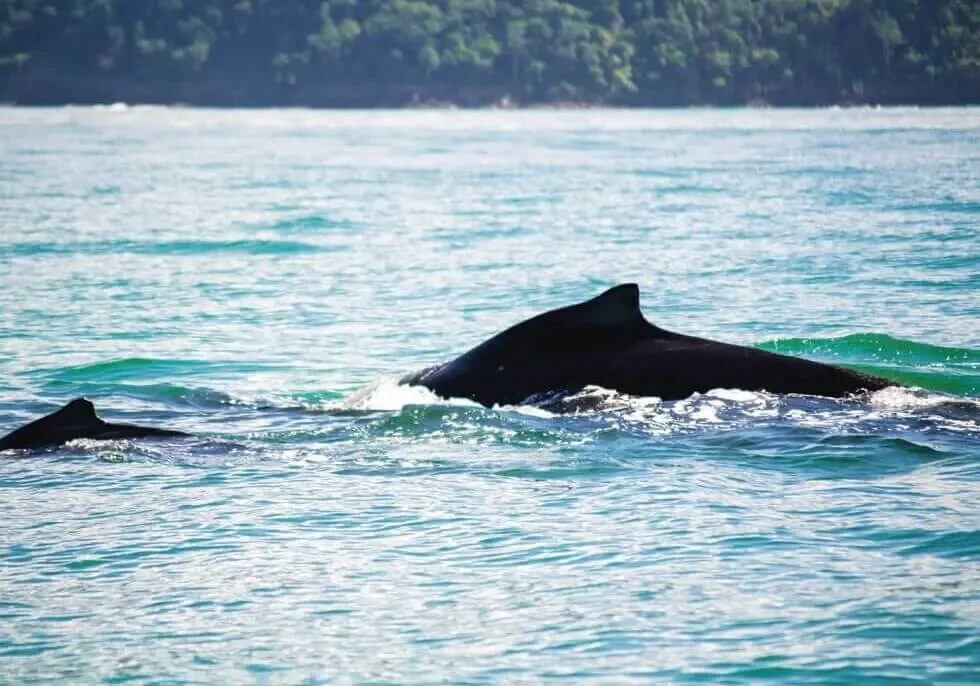
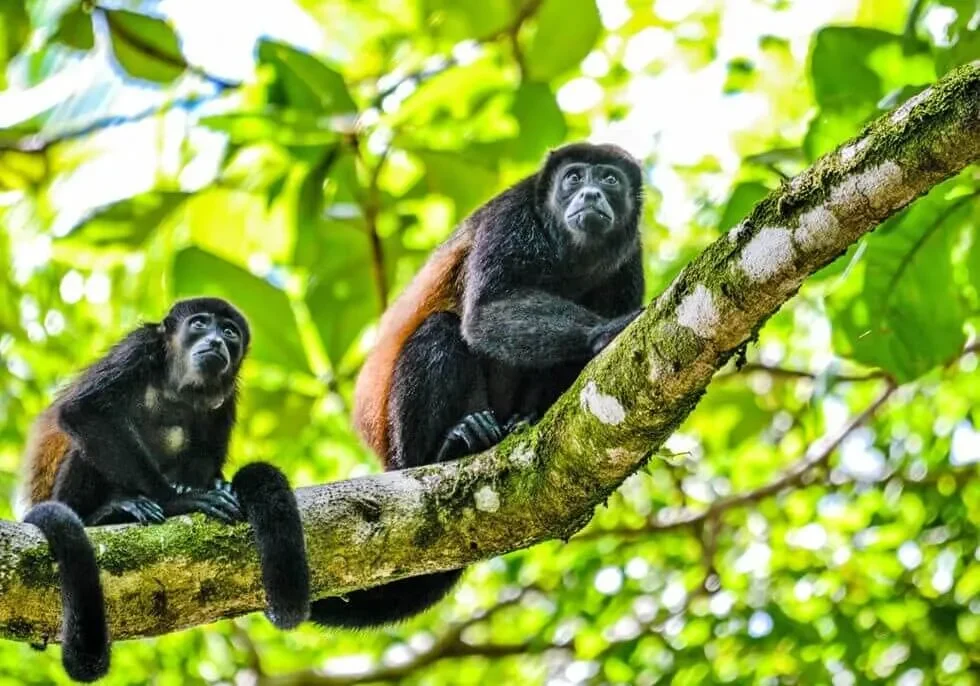
Corcovado National Park
Corcovado National Park, established on October 24, 1975, is located in the southernmost corner of Costa Rica on the Pacific side (the Osa Peninsula). The park comprises 54,039 terrestrial hectares and 2,400 marine hectares. Until 1978, there was little access by land to the Osa Peninsula and the population in the region was scarce. Since that time, the Corcovado National Park has been destined exclusively for conservation, scientific investigation, environmental education, and ecotourism. National Geographic magazine has deemed Corcovado National Park as "the most biologically intense place on Earth in terms of biodiversity".
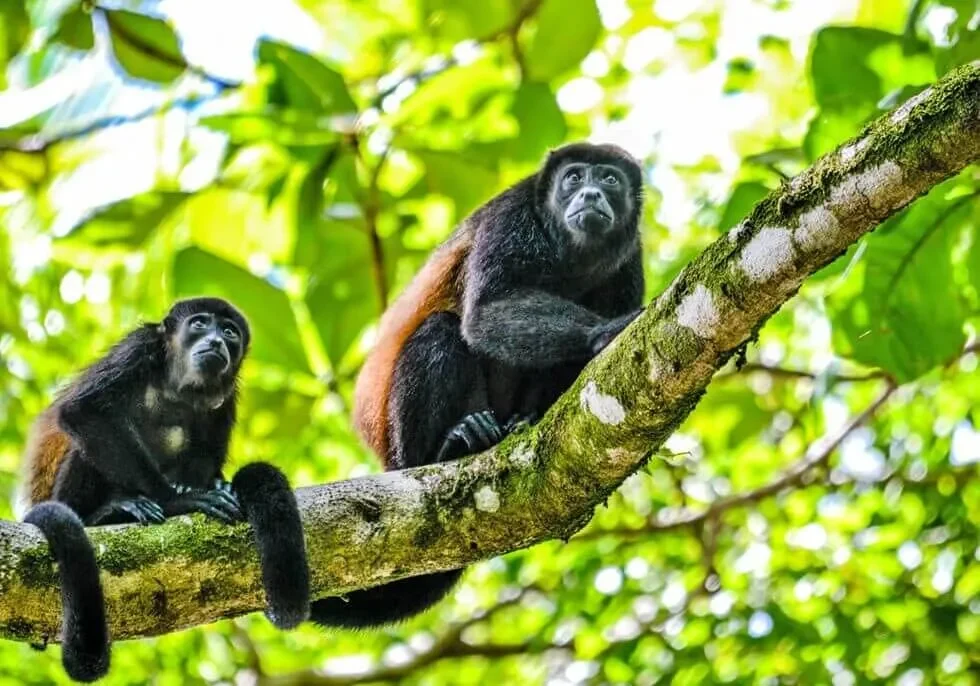
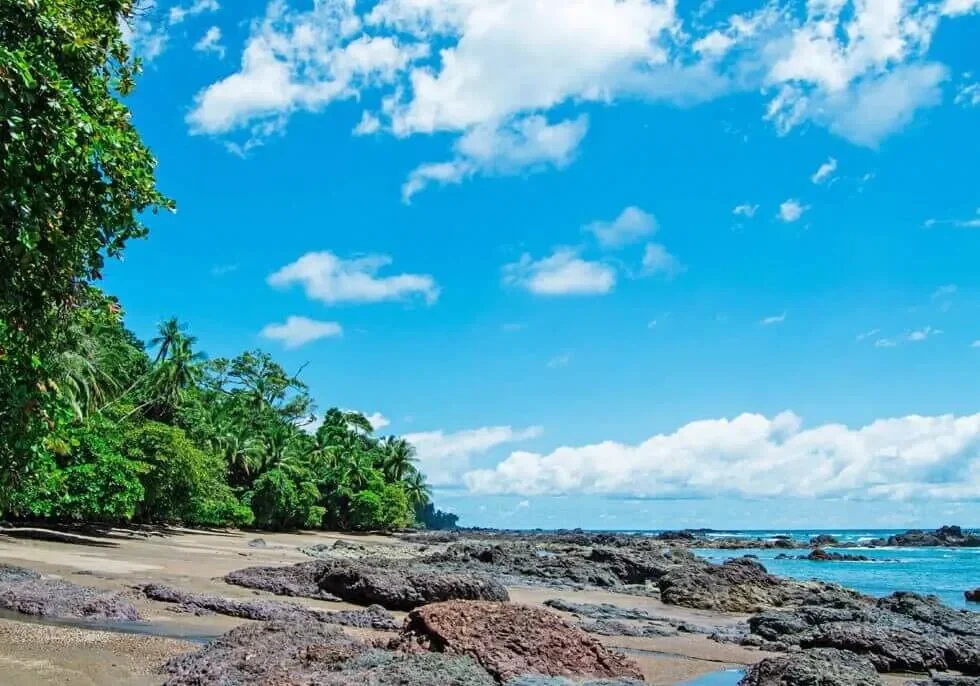
Caño Island Biological Reserve
Caño Island is an island and biological reserve located about 17 km west of Drake Bay in Corcovado National Park. It is easily accessed via boat from Bahia Ballena - about 75-minute boat ride. This reserve is everything you could expect from a gorgeous and near-deserted island in the Pacific Ocean: it's pristine, colorful, and full of life. Caño Island was designated as a Biological Reserve in 1978 to preserve its important marine ecosystem, indigenous cultural history, and natural beauty. It is widely believed that the island was used as a cemetery in pre-Columbian times as pottery, carved stone artifacts, and the region's infamous stone spheres have been found there in excavations.
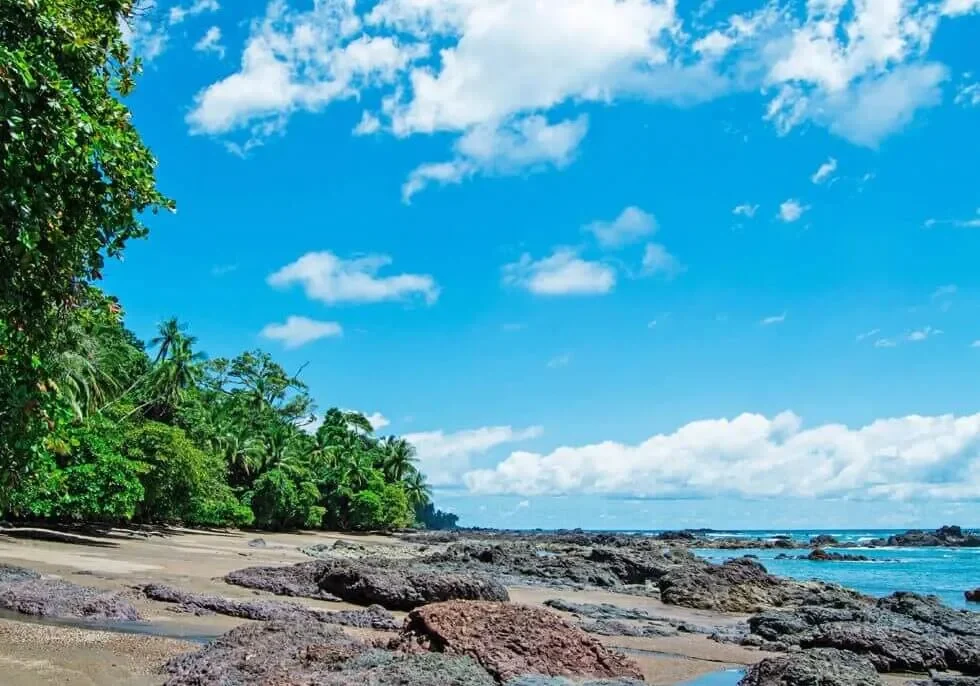
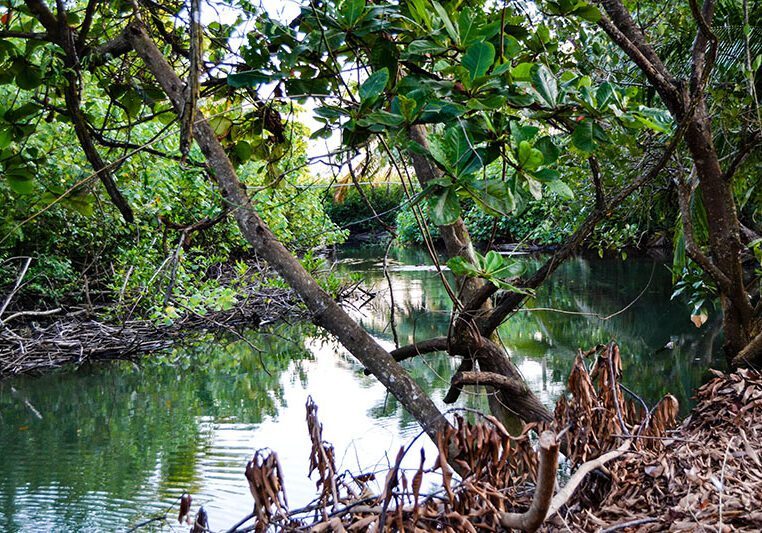
Terraba Sierpe Mangroves
The Terraba Sierpe Mangroves, located just a 45-minute drive south of Bahia Ballena is a 30,000+ hectare wetland Forest Reserve that has vast biological importance to the entire Pacific Coast of Costa Rica. It was given the Forest Reserve designation in 1977 and was registered as a Wetlands International RAMSAR site in 1995, and this site is managed by the Ministry for the Environment, Energy, and Oceans (MINAE). The Terraba Sierpe region is known as a prime birding location, and features many tours to view its incredible biodiversity and fantastic natural beauty. The reserve consists of a woodland ecosystem of swamps, mangrove forests, palm swamp forests, sandy beaches, rivers, and lagoons, and like all wetland regions, it plays an important role in being a base for the rest of the life that surrounds it.
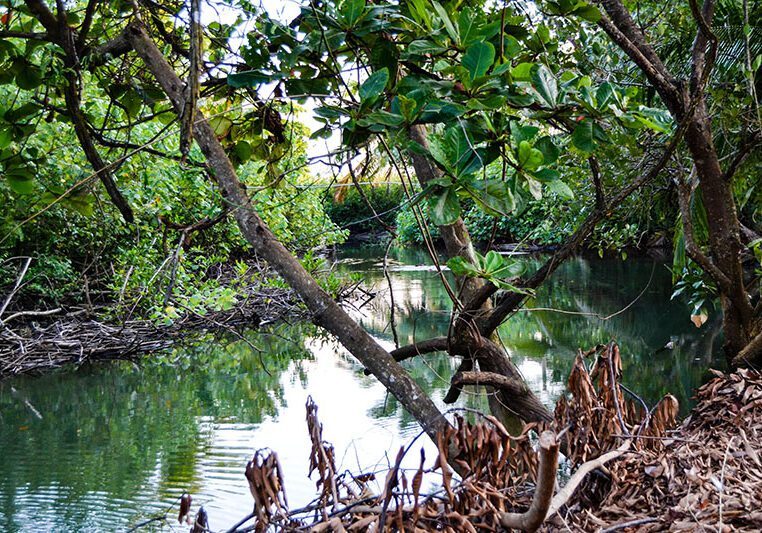
Why Choose Us
When it comes to surf and yoga tourism, Bodhi Surf + Yoga is in a class of its own.
Get to know us to find out what sets us apart.








